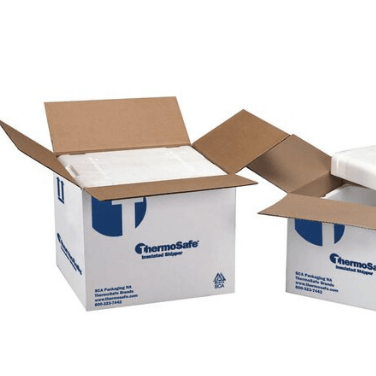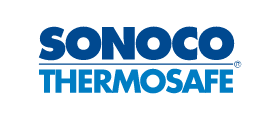The Challenges of Qualifying Packaging Systems
Frank Butch, Engineering Manager, Sonoco
Temperature-assurance packaging (TAP) is typically qualified using minimum and maximum amounts of a specific product or product type and with a standard shipping method or distribution channel. After qualification, changes to specifications only occur if and when qualification testing is repeated.
However, this approach can be limited. That’s why Sonoco ThermoSafe TAP products are qualified using the most challenging conditions.
The Limits of Pre-Qualification
Pre-qualified TAP shippers available to customers may not always be tested using a specific representative product volume.
- Large payloads will more slowly change temperatures in response to the ambient temperature exposure; smaller payloads will respond more rapidly
- Ambient temperature profiles used for testing may not represent the actual shipping method
- Differences between expected and actual temperature ranges may result in more expensive over-developed systems or poorly performing under-developed systems
Temperature probe placement during testing is determined by the manufacturer, but every TAP container also has its own temperature gradient. This can result in pre-qualified shippers that have not been physically exposed to the extreme temperatures possible with alternative shipping methods.
Testing Parameters and Methods
When measuring thermal properties, air temperature is most difficult to test. Air has a significantly greater thermal diffusivity than other materials — it responds rapidly to changes in ambient temperature but has little ability to retain any absorbed heat. A worst case for evaluating product volume would be an empty product carton, where an extremely small mass (air, for example) occupies a large volume. We use a corepack filled with product cartons (which are filled with air) to measure the effects of various fill materials or dunnage that impact airflow within each shipping system.
Results
In parcel shipper testing, conduction is the dominant heat transfer mode, but convection becomes more important with increases in the size of the shipper and product load. Preliminary testing data show that the coldest cold probes and the warmest warm probes in every testing configuration were found in shippers using air as the product and only cartons as dunnage. As expected, temperatures within these shippers changed more rapidly than with other configurations.
Benefits
We have found that qualifying our TAP using air as the product load solves several challenges. Since air temperature changes the most rapidly, this provides a more conservative estimate for containers that contain vials, syringes, medical devices, or other contents. This method also eliminates the need to acquire actual product to conduct thermal qualification, since the worst-case scenario has already been considered.
Sonoco ThermoSafe is a global leader in temperature-controlled packaging and innovative cold chain solutions for the safe and efficient transport of pharmaceuticals, biologics, vaccines, and other temperature-sensitive products.

